Code
HCS27205
Weight
2.78 Kg / 6.13 lbs
Size
Height
44cm (17") Width
19cm (7") Depth
12cm (5") Material
Copper
Availability
Available

Safe Payment
We accept Paypal, Money Transfer, Bank Transfer
Confidence
Protection covers your purchase and personal data.
Worldwide Delivery
We ship Worldwide, except Russia.Shipping cost US$25.2 for upto 0.5 kgs

Hotline
Talk to help line for your question on 9841267335Full Gold Gilded with Antique Patina.
The Buddhist Handmade Statue Of Chintamani, [gold Plated, Antique Finishing], High Quality has full gold plated antique finishing. This finishing is a combination of fire mercury gold plating and antique finishing. This traditional technique involves the application of a genuine layer of gold onto the Buddhist Handmade Statue Of Chintamani, [gold Plated, Antique Finishing], High Quality using the time-honored process of mercury gold plating. Skilled artisans meticulously handle the amalgamation of gold with mercury, ensuring precise application and a truly authentic result. To enhance its charm further, the Buddhist Handmade Statue Of Chintamani, [gold Plated, Antique Finishing], High Quality undergoes an antique finishing process. This meticulous treatment adds a touch of age and character to the gold plating, creating a sense of antiquity. Through careful craftsmanship and the application of specialized techniques, the Buddhist Handmade Statue Of Chintamani, [gold Plated, Antique Finishing], High Quality acquires a beautifully aged appearance that adds depth and uniqueness to its overall aesthetic. Read More . . .
The Buddhist Handmade Statue Of Chintamani, [gold Plated, Antique Finishing], High Quality has full gold plated antique finishing. This finishing is a combination of fire mercury gold plating and antique finishing. This traditional technique involves the application of a genuine layer of gold onto the Buddhist Handmade Statue Of Chintamani, [gold Plated, Antique Finishing], High Quality using the time-honored process of mercury gold plating. Skilled artisans meticulously handle the amalgamation of gold with mercury, ensuring precise application and a truly authentic result. To enhance its charm further, the Buddhist Handmade Statue Of Chintamani, [gold Plated, Antique Finishing], High Quality undergoes an antique finishing process. This meticulous treatment adds a touch of age and character to the gold plating, creating a sense of antiquity. Through careful craftsmanship and the application of specialized techniques, the Buddhist Handmade Statue Of Chintamani, [gold Plated, Antique Finishing], High Quality acquires a beautifully aged appearance that adds depth and uniqueness to its overall aesthetic. Read More . . .
Lost-Wax System
This Bodhisattvas of Buddhist Handmade Statue Of Chintamani, [gold Plated, Antique Finishing], High Quality is made by the process of the Lost Wax system. This is a very complicated, time consuming and historic process of making metal sculptures.Which is why it is sometimes called Precision Casting as well. Hence the sculptures made by this process are comparatively expensive. There are many new, advanced and less time consuming methods of casting metal sculptures available as well. But due to the benefits provided by the traditional lost wax system in quality control and customization, we prefer the Loss wax system over Ceramic molding, or sand casting to make our Bodhisattvas.
Below we have tried to illustrate the process of making a loss wax system statue: Read More . . .
This Bodhisattvas of Buddhist Handmade Statue Of Chintamani, [gold Plated, Antique Finishing], High Quality is made by the process of the Lost Wax system. This is a very complicated, time consuming and historic process of making metal sculptures.Which is why it is sometimes called Precision Casting as well. Hence the sculptures made by this process are comparatively expensive. There are many new, advanced and less time consuming methods of casting metal sculptures available as well. But due to the benefits provided by the traditional lost wax system in quality control and customization, we prefer the Loss wax system over Ceramic molding, or sand casting to make our Bodhisattvas.
Below we have tried to illustrate the process of making a loss wax system statue: Read More . . .
Brief Introduction :
The Buddhist deity Chintamani Lokeshvara is a Bodhisattva who fulfils all the physical and spiritual needs of his devotees. He is also considered to be a form of Avalokiteshvara. This form of deity is popular in Kathmandu, Nepal. The Mahayana sect of Buddhism or the Great Path which evolved around the birth of Christ profoundly influenced Buddhist art as it encouraged personal faith and popularized the fundamental concept of a Bodhisattva. The term Bodhisattva generally describes a being who has all the qualifications of attaining Buddhahood but does not enter into the state so that he can help the less fortunate. This concept theoretically opened the way for the creation of numerous Bodhisattvas. As Buddhism travelled out of India, the sculptural manifestation.
Cultural Significance:- Bejewelled hanging plaques like these are supposed to be quite common in household shrines in Nepal. The variations of such plaques have Hindu gods and goddesses such as Vishnu and Lakshmi.
Artistic Significance:- The artefact is a rectangular wooden plaque which is intricately carved and studded with gems of all shapes and sizes. Emphasizing the deityâs wealth and abundance, he stands in the tribhanga or thrice-bent posture with the left leg behind the right. His right hand is held near the navel in the sharanagamana gesture which symbolises giving refuge. In his left hand, he holds a branch of a tree which bears fruits. This tree appears to be the Kalpvriksha or the wish-fulfilling tree that yields a myriad of fruits and flowers. The leaves of the tree are carefully crafted in a variety of designs. Chintamani is flanked by his attendants on the sides.
Spiritual Significance:- In Nepal, Chintamani Lokeshwar appears among the one hundred and eight manifestations of Avalokiteshvara. As a wish-fulfilling deity, he embodies the ultimate altruistic compassion that fulfils all human desires, both spiritual and mundane.
Artistic Significance:- The artefact is a rectangular wooden plaque which is intricately carved and studded with gems of all shapes and sizes. Emphasizing the deityâs wealth and abundance, he stands in the tribhanga or thrice-bent posture with the left leg behind the right. His right hand is held near the navel in the sharanagamana gesture which symbolises giving refuge. In his left hand, he holds a branch of a tree which bears fruits. This tree appears to be the Kalpvriksha or the wish-fulfilling tree that yields a myriad of fruits and flowers. The leaves of the tree are carefully crafted in a variety of designs. Chintamani is flanked by his attendants on the sides.
Spiritual Significance:- In Nepal, Chintamani Lokeshwar appears among the one hundred and eight manifestations of Avalokiteshvara. As a wish-fulfilling deity, he embodies the ultimate altruistic compassion that fulfils all human desires, both spiritual and mundane.


![Buddhist Handmade Statue Of Chintamani, [gold Plated, Antique Finishing], High Quality](https://handicraftseller.com/uploads/pics/product/thumb/2022/11/27205.jpg)
![Buddhist Handmade Statue Of Chintamani, [gold Plated, Antique Finishing], High Quality](https://handicraftseller.com/uploads/pics/product/thumb/2022/11/27205_0.jpg)
![Buddhist Handmade Statue Of Chintamani, [gold Plated, Antique Finishing], High Quality](https://handicraftseller.com/uploads/pics/product/thumb/2022/11/27205_1.jpg)
![Buddhist Handmade Statue Of Chintamani, [gold Plated, Antique Finishing], High Quality](https://handicraftseller.com/uploads/pics/product/thumb/2022/11/27205_2.jpg)
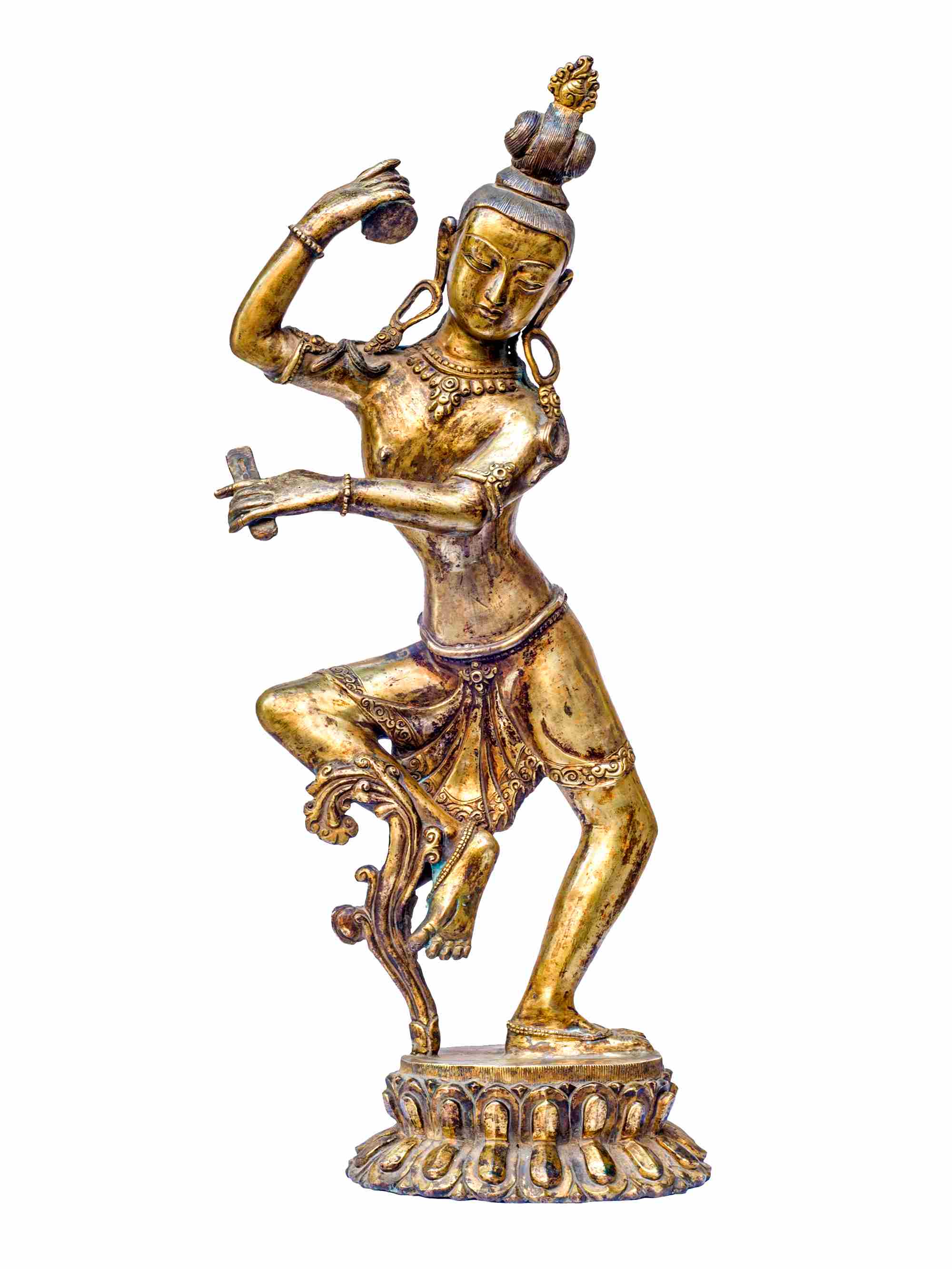

























































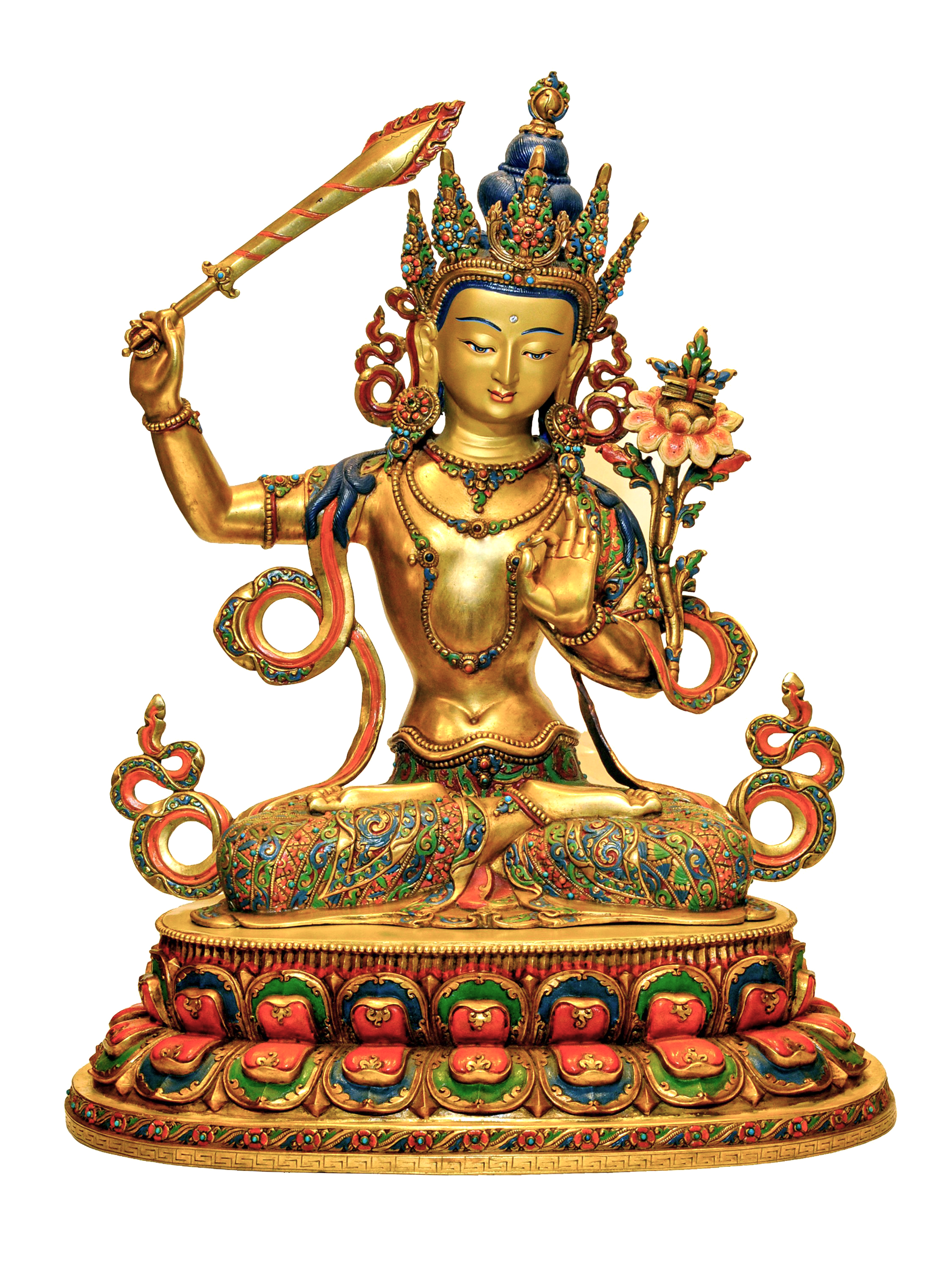 High Quality, Tibetan Buddhist Handmade Statue
High Quality, Tibetan Buddhist Handmade Statue 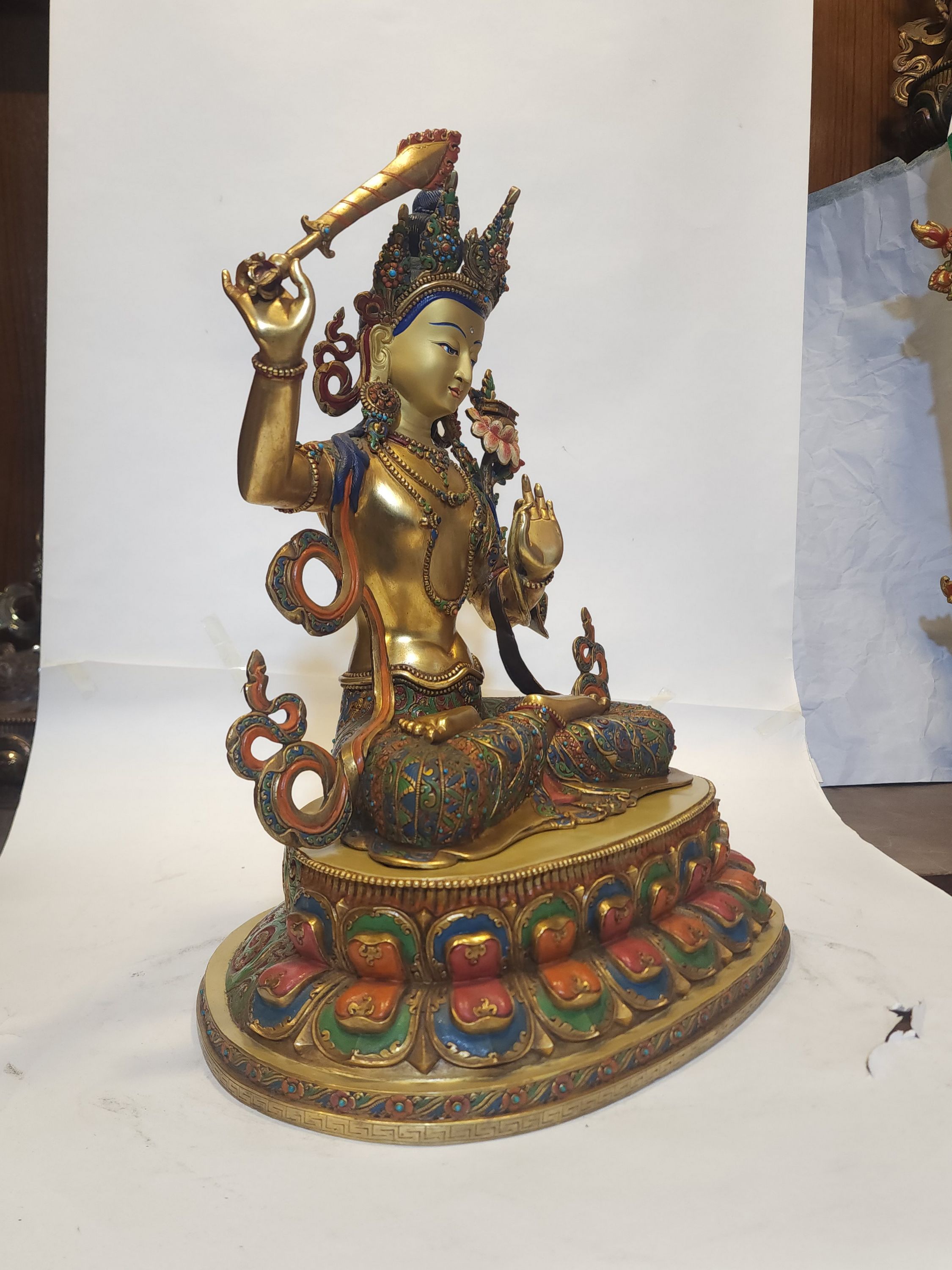 High Quality, Tibetan Buddhist Handmade Statue
High Quality, Tibetan Buddhist Handmade Statue 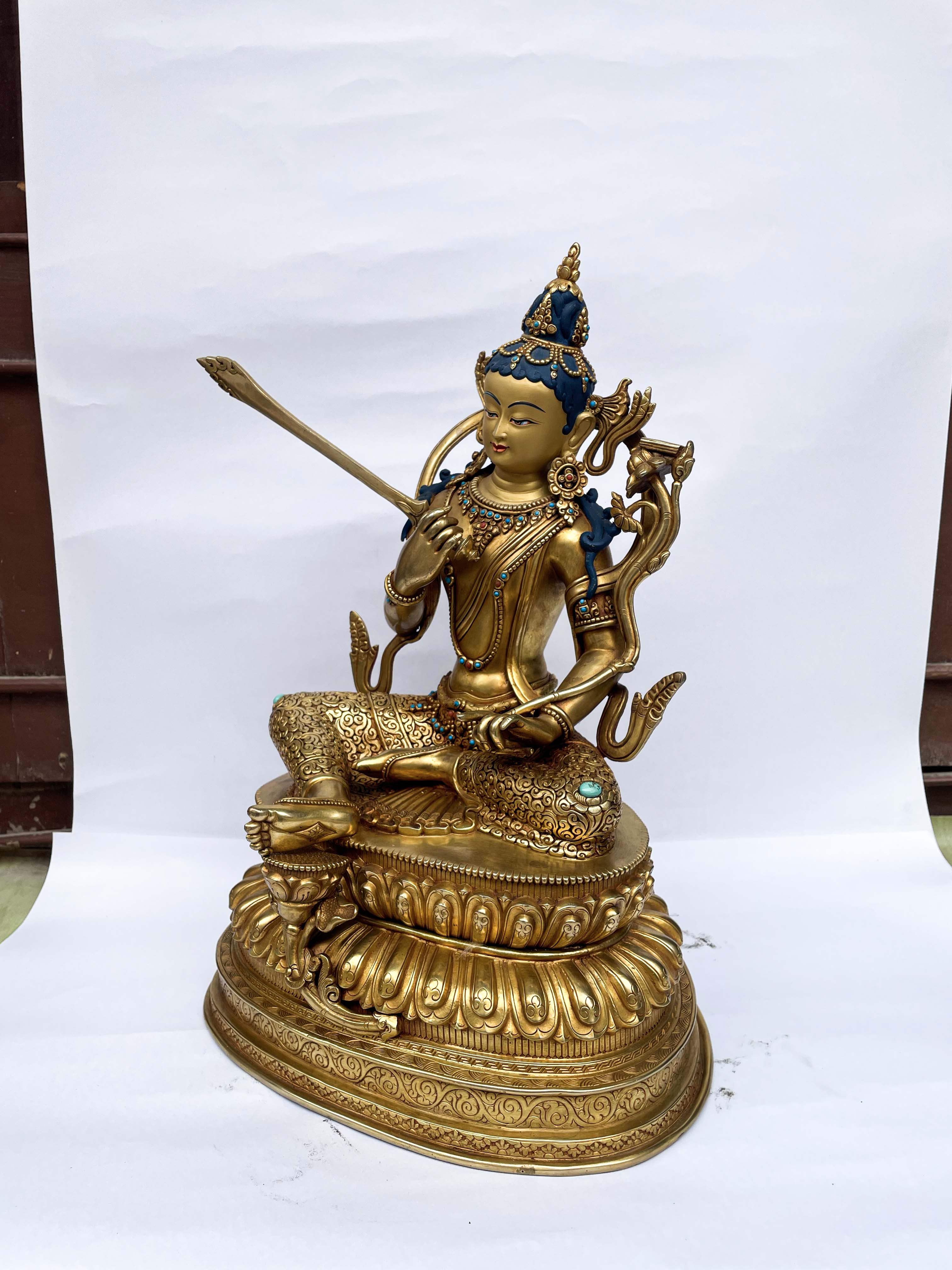 of Manjushri,
of Manjushri, 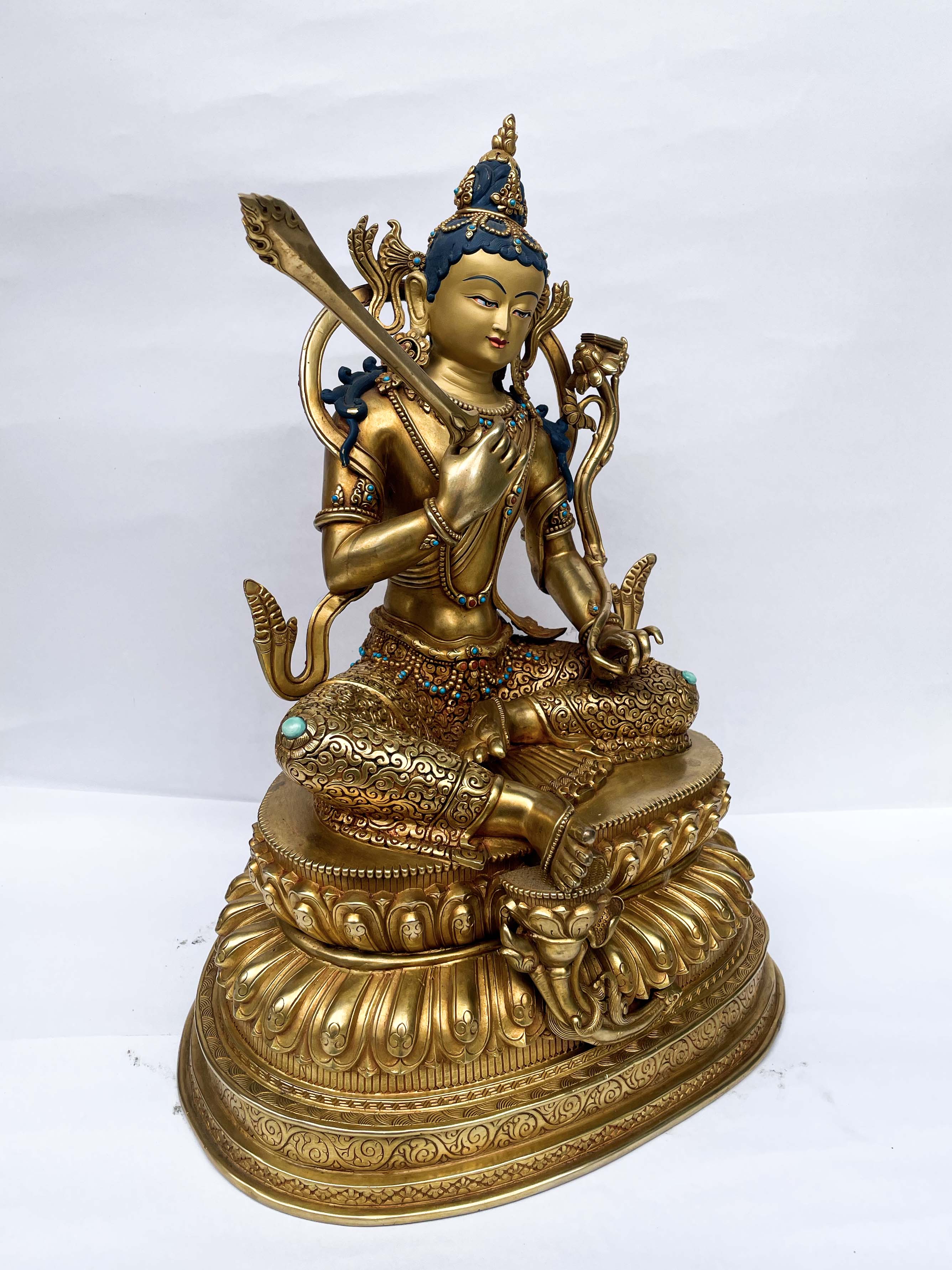 of Manjushri,
of Manjushri, 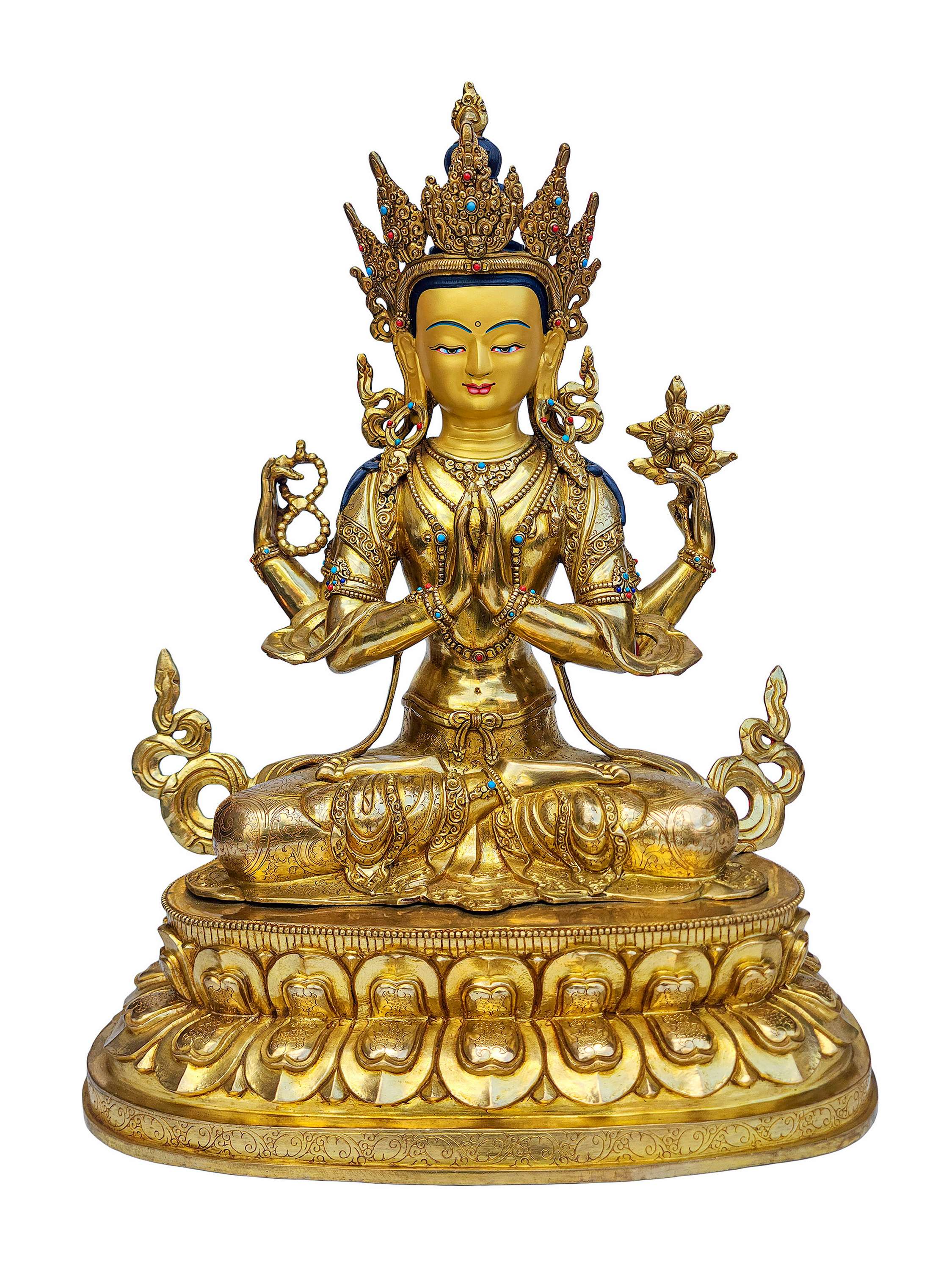 Face Painted,
Face Painted, 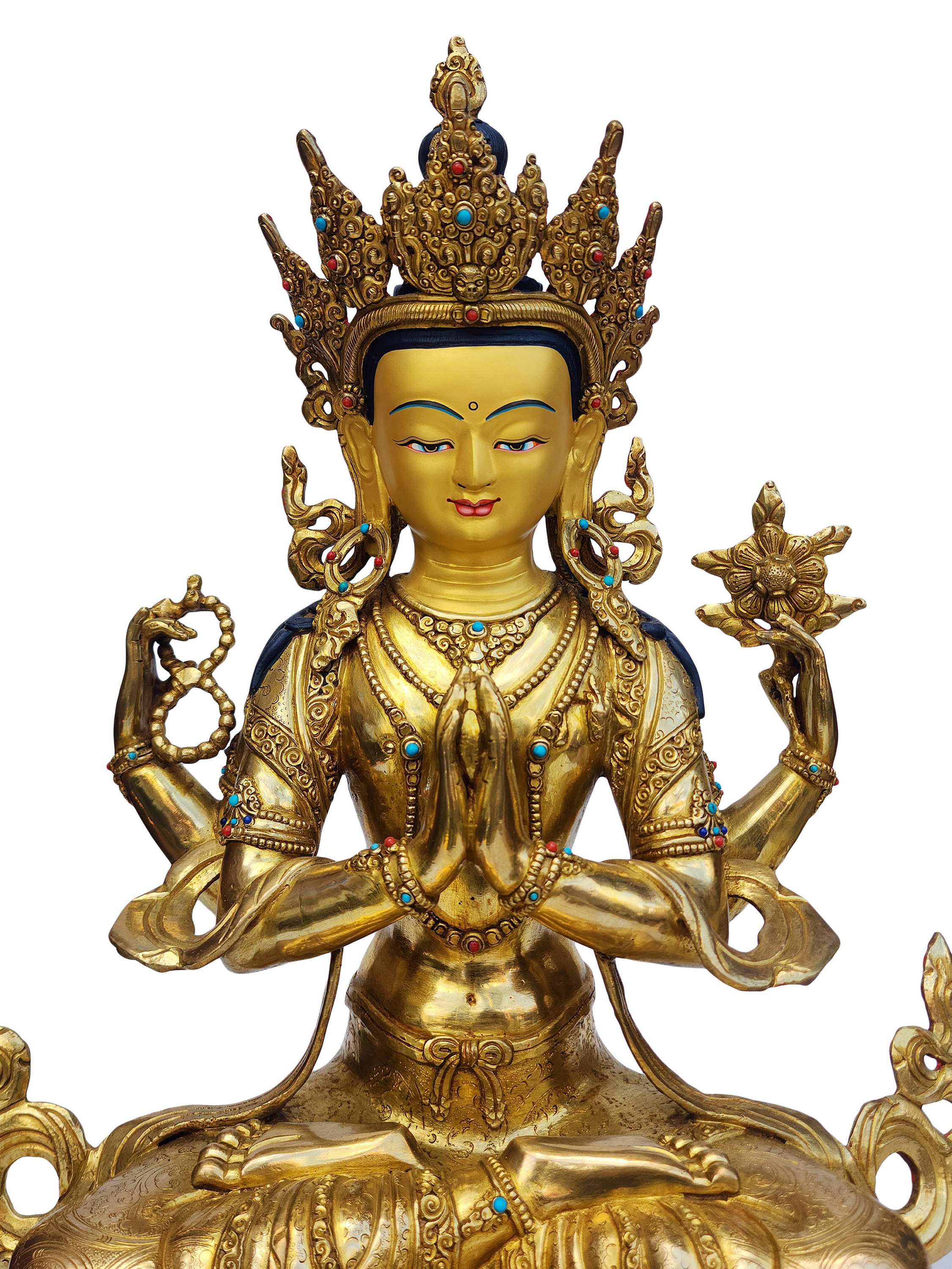 Face Painted,
Face Painted, 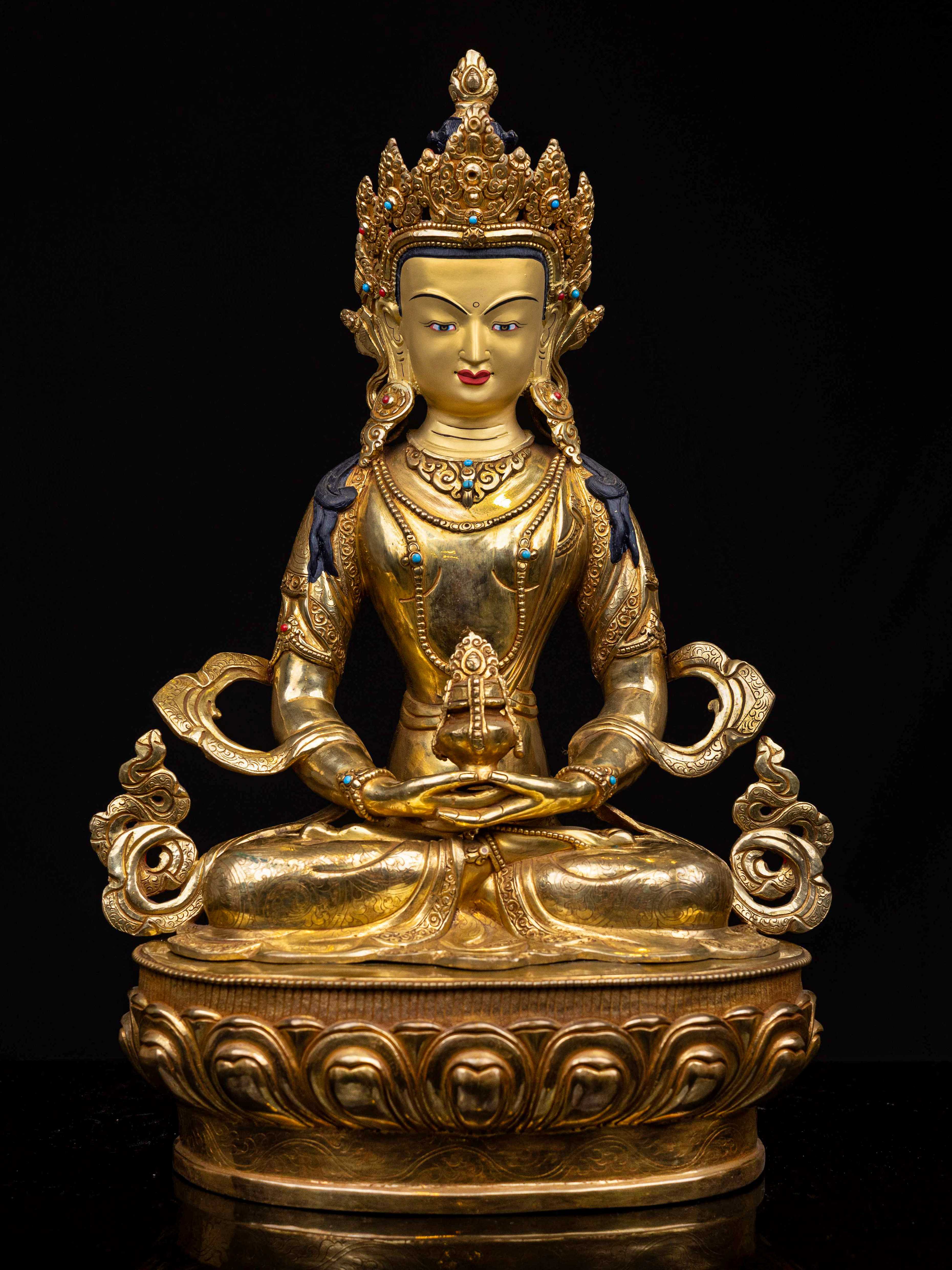 Aparimita, Buddhist Handmade Statue,
Aparimita, Buddhist Handmade Statue, 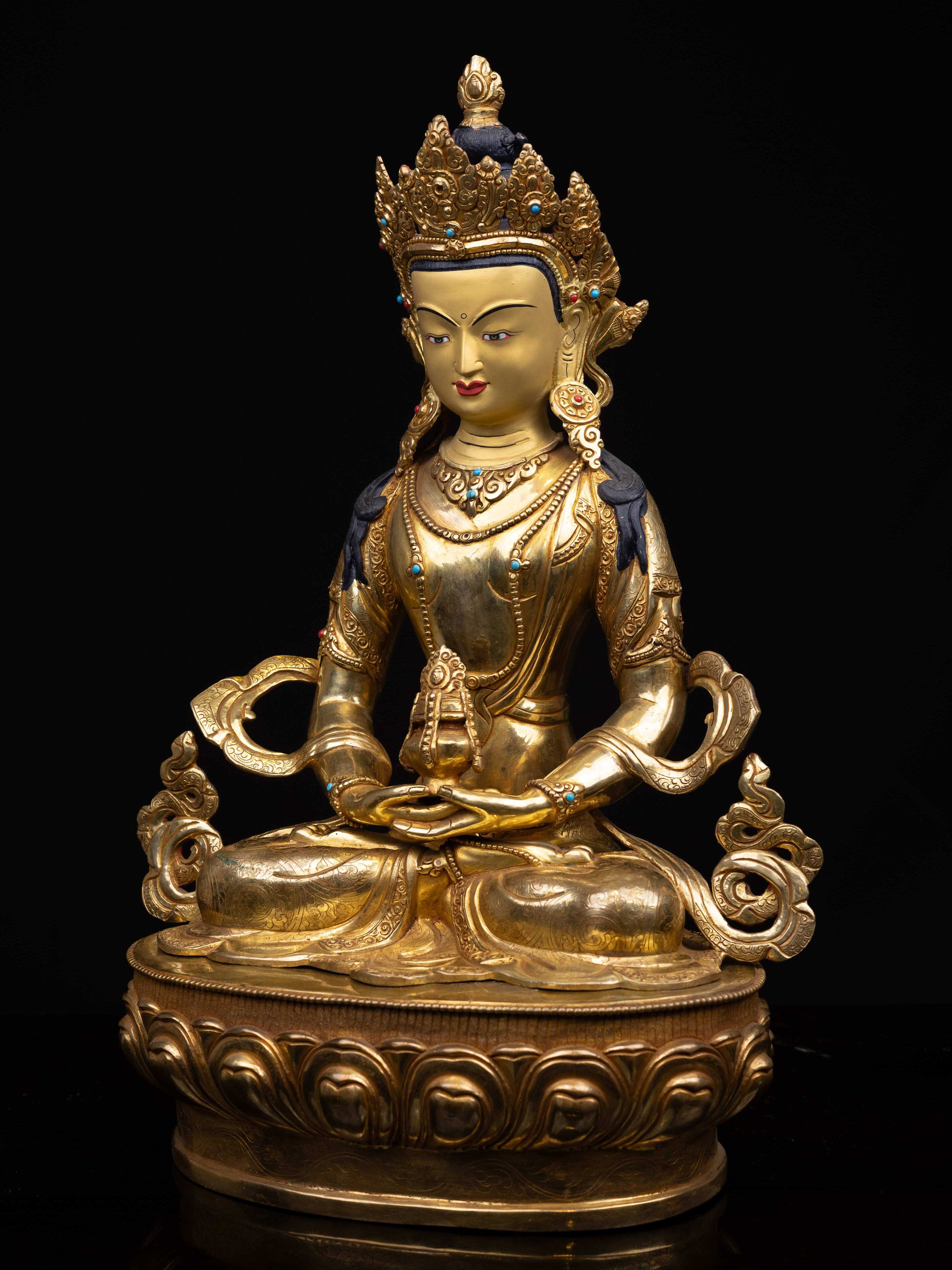 Aparimita, Buddhist Handmade Statue,
Aparimita, Buddhist Handmade Statue, 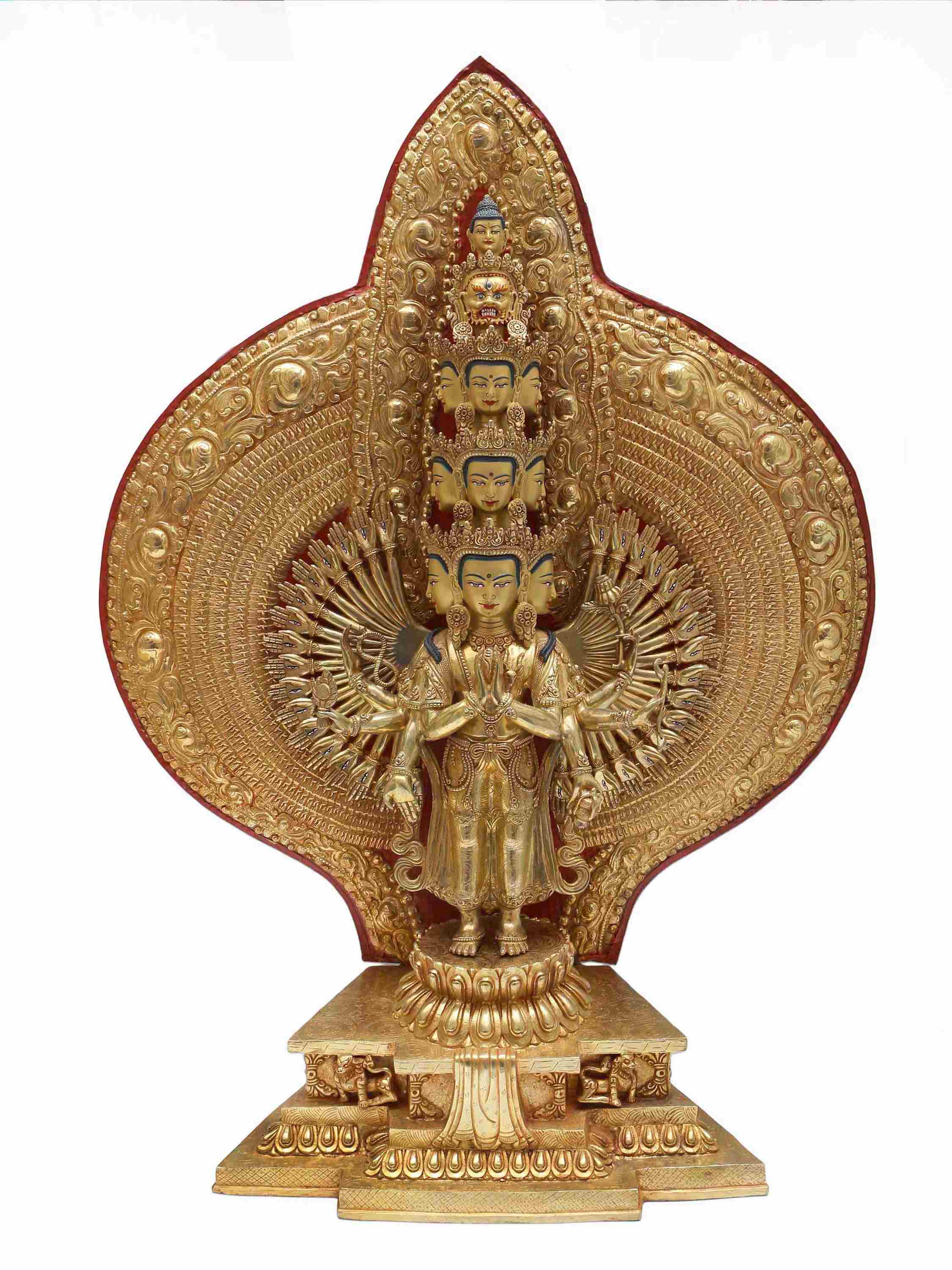 Full Fire Gold Plated,
Full Fire Gold Plated,  Full Fire Gold Plated,
Full Fire Gold Plated, 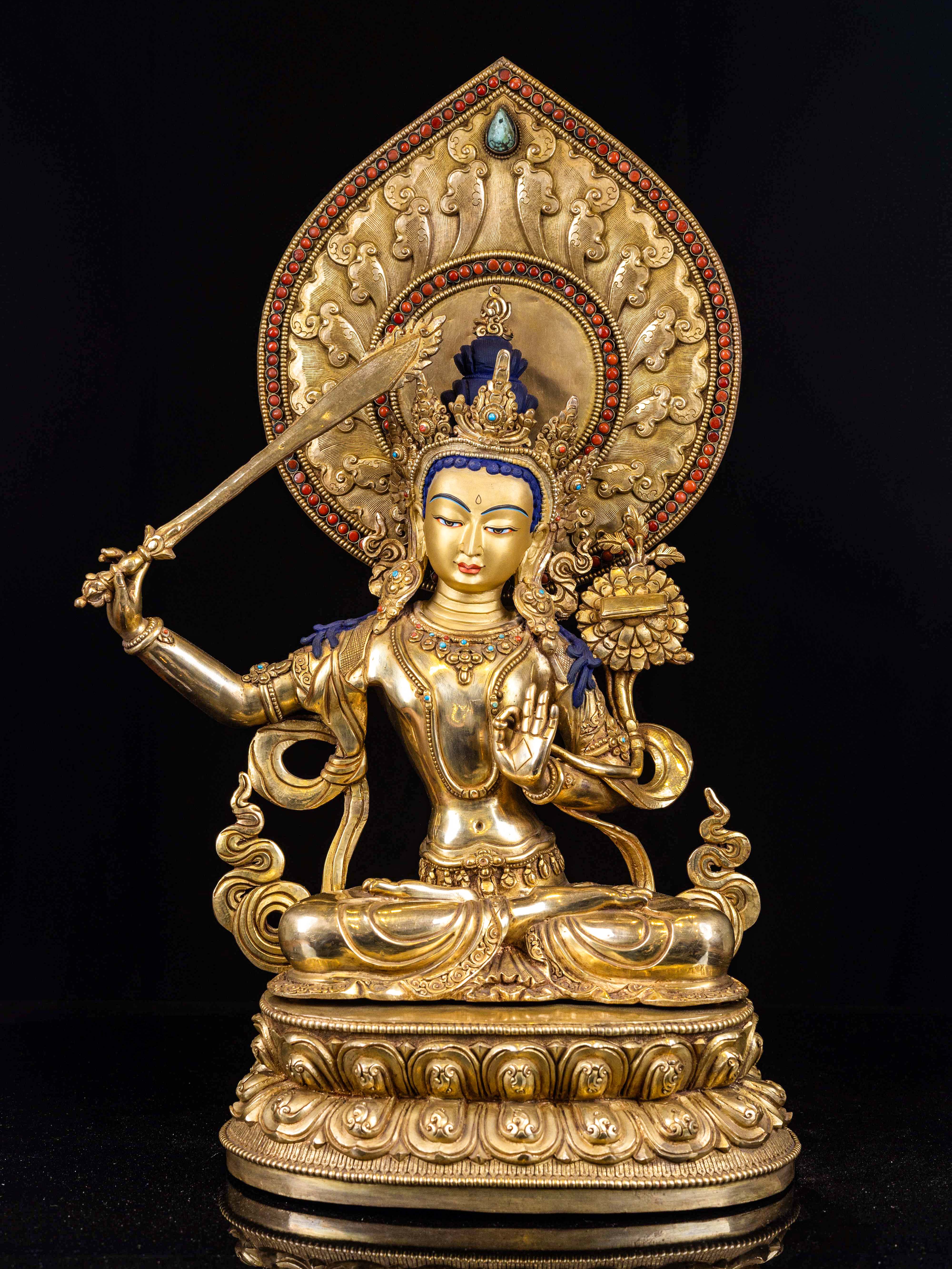 Manjushri, Buddhist Handmade Statue,
Manjushri, Buddhist Handmade Statue, 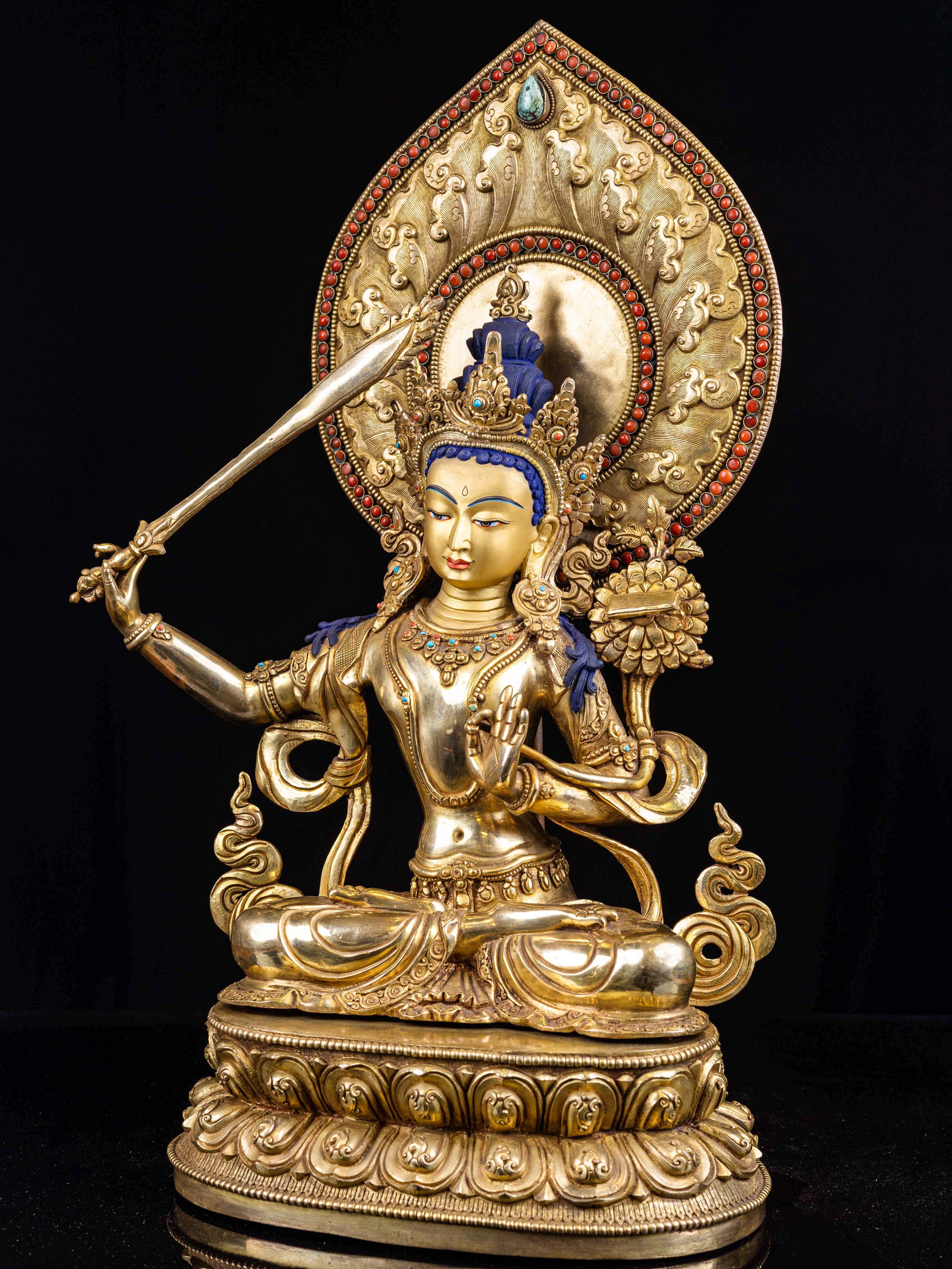 Manjushri, Buddhist Handmade Statue,
Manjushri, Buddhist Handmade Statue, 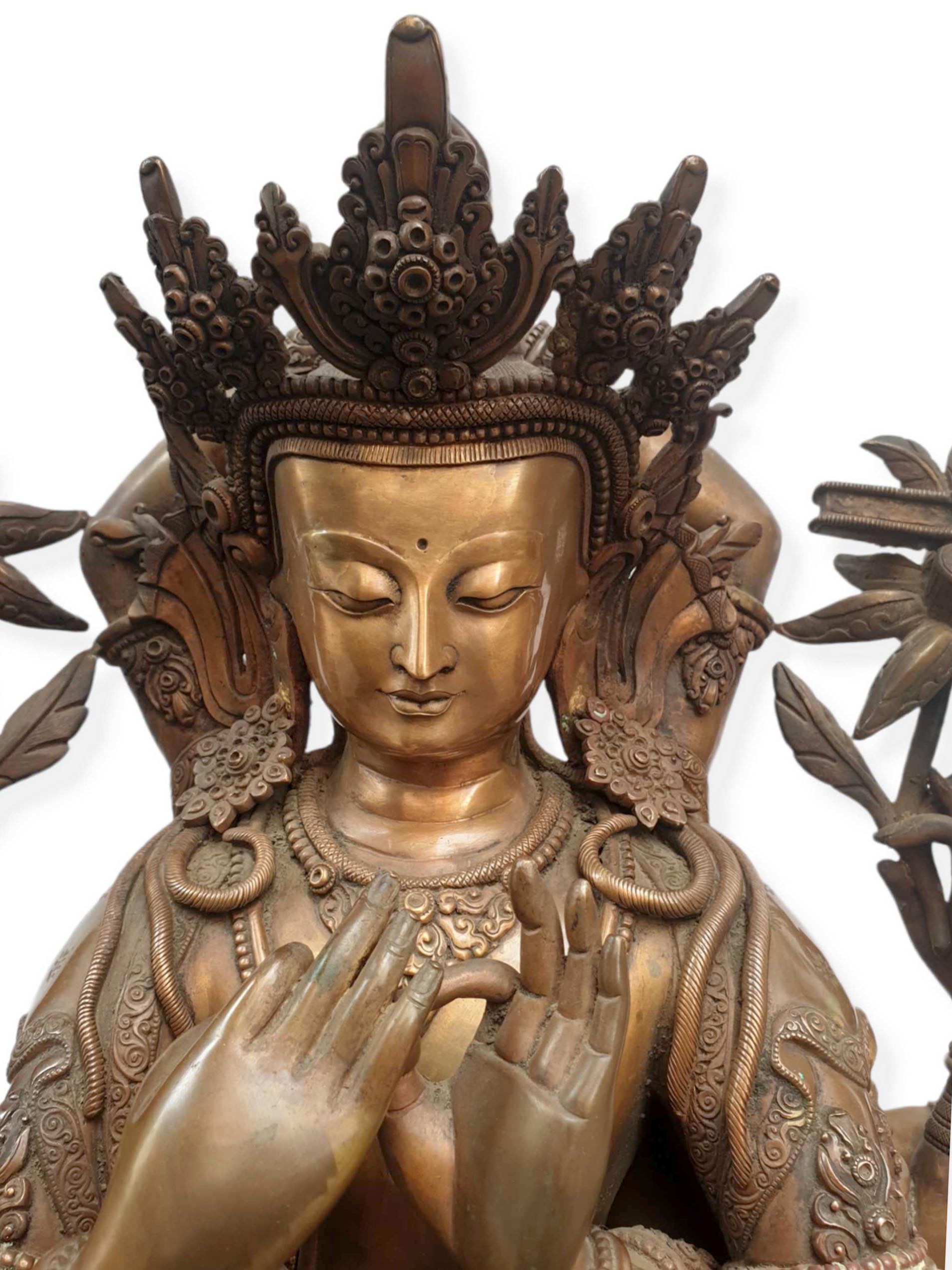 Last Piece, Buddhist Statue Fo Namasangiti, Manjushree,
Last Piece, Buddhist Statue Fo Namasangiti, Manjushree, 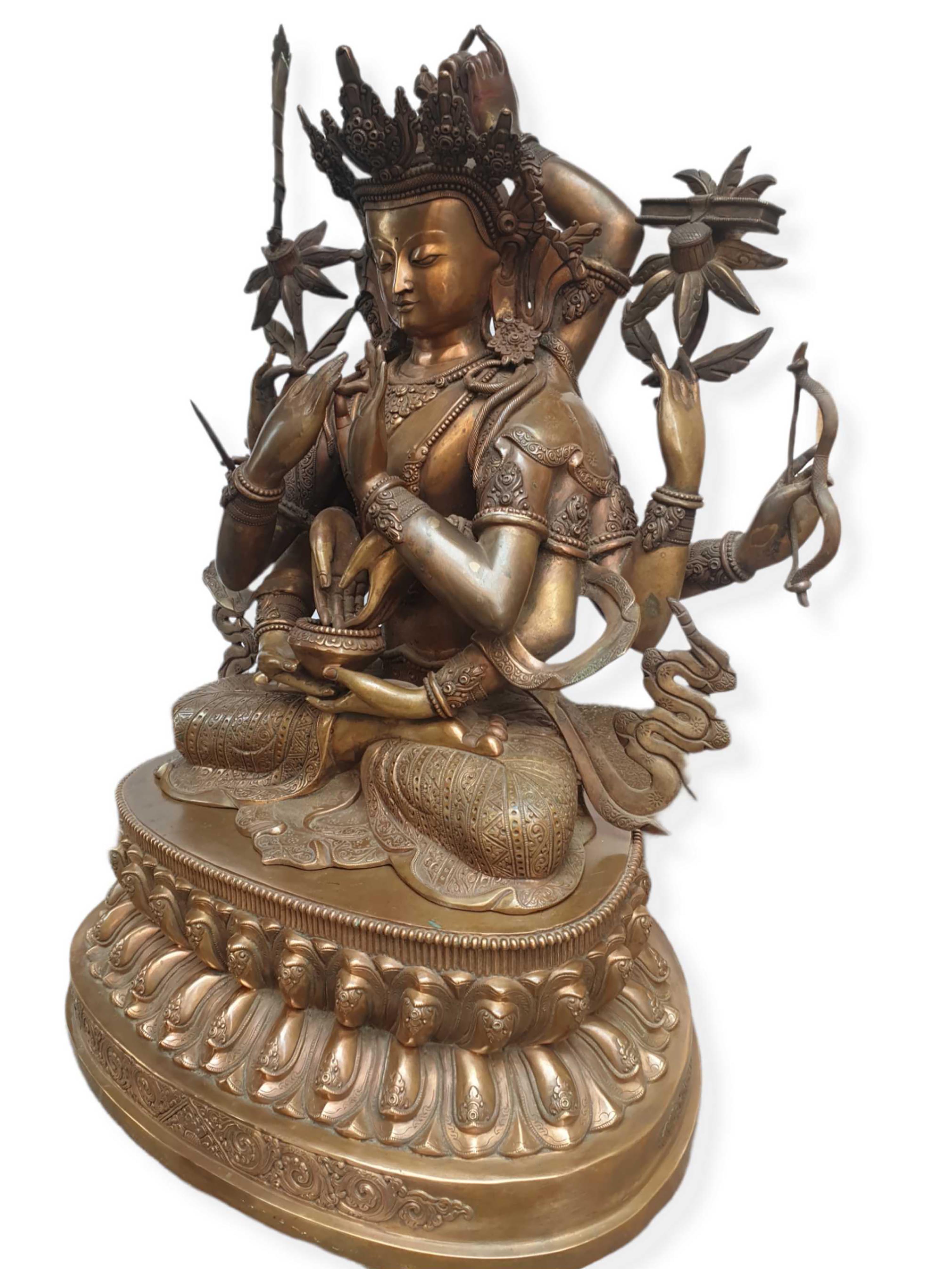 Last Piece, Buddhist Statue Fo Namasangiti, Manjushree,
Last Piece, Buddhist Statue Fo Namasangiti, Manjushree, 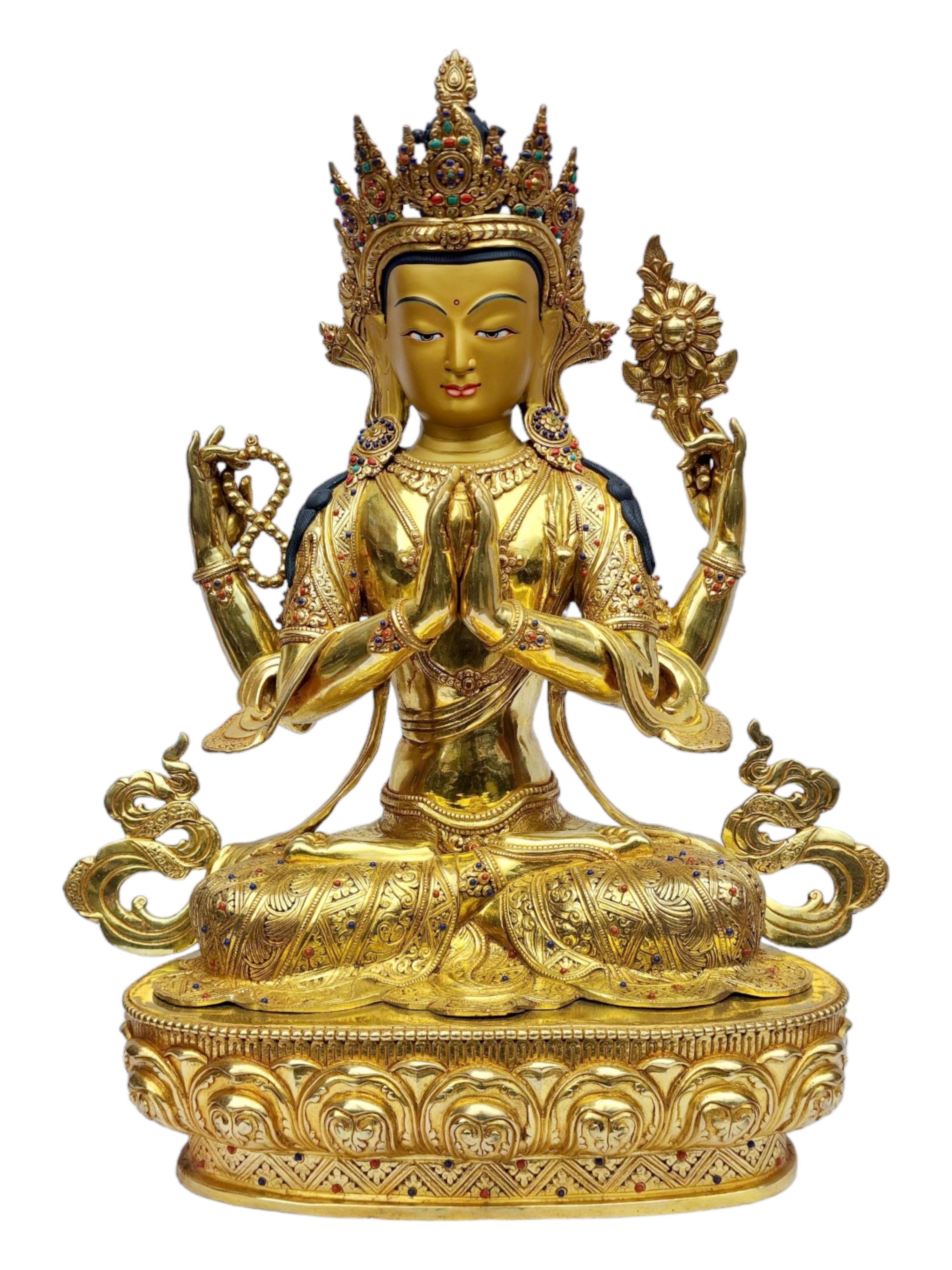 Chenrezig, Buddhist Handmade Statue,
Chenrezig, Buddhist Handmade Statue, 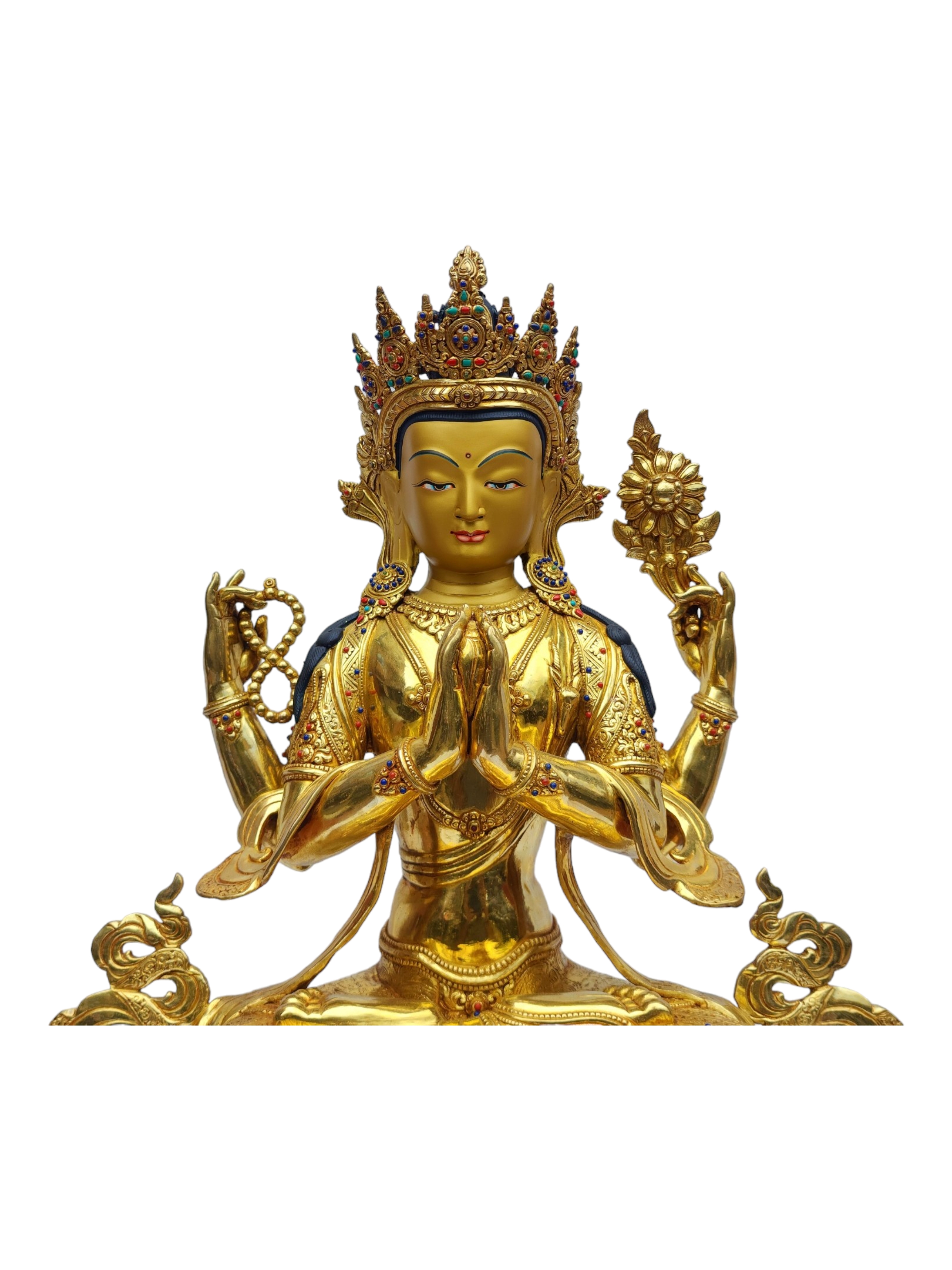 Chenrezig, Buddhist Handmade Statue,
Chenrezig, Buddhist Handmade Statue, 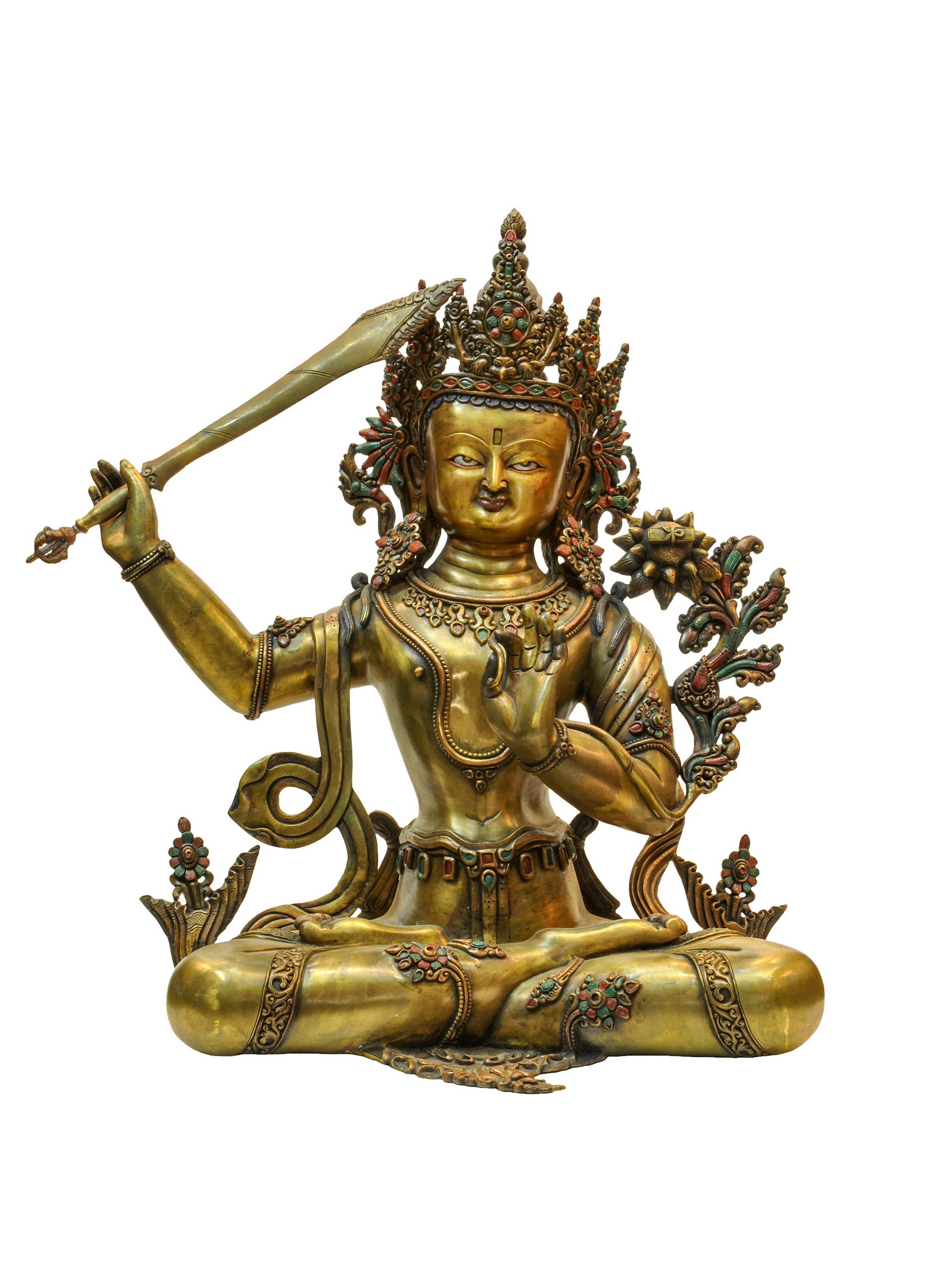 Old, Buddhist Handmade Statue
Old, Buddhist Handmade Statue 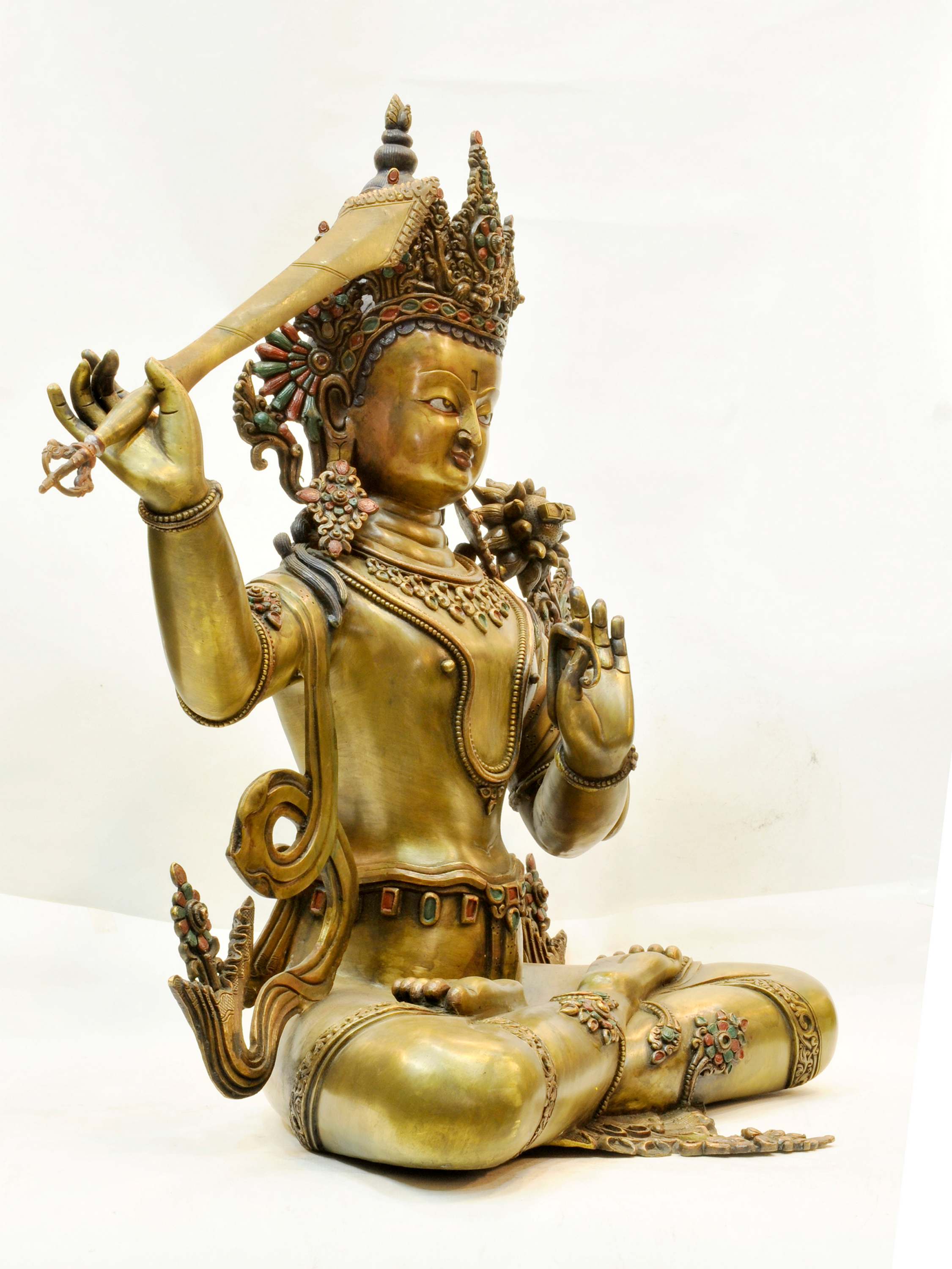 Old, Buddhist Handmade Statue
Old, Buddhist Handmade Statue 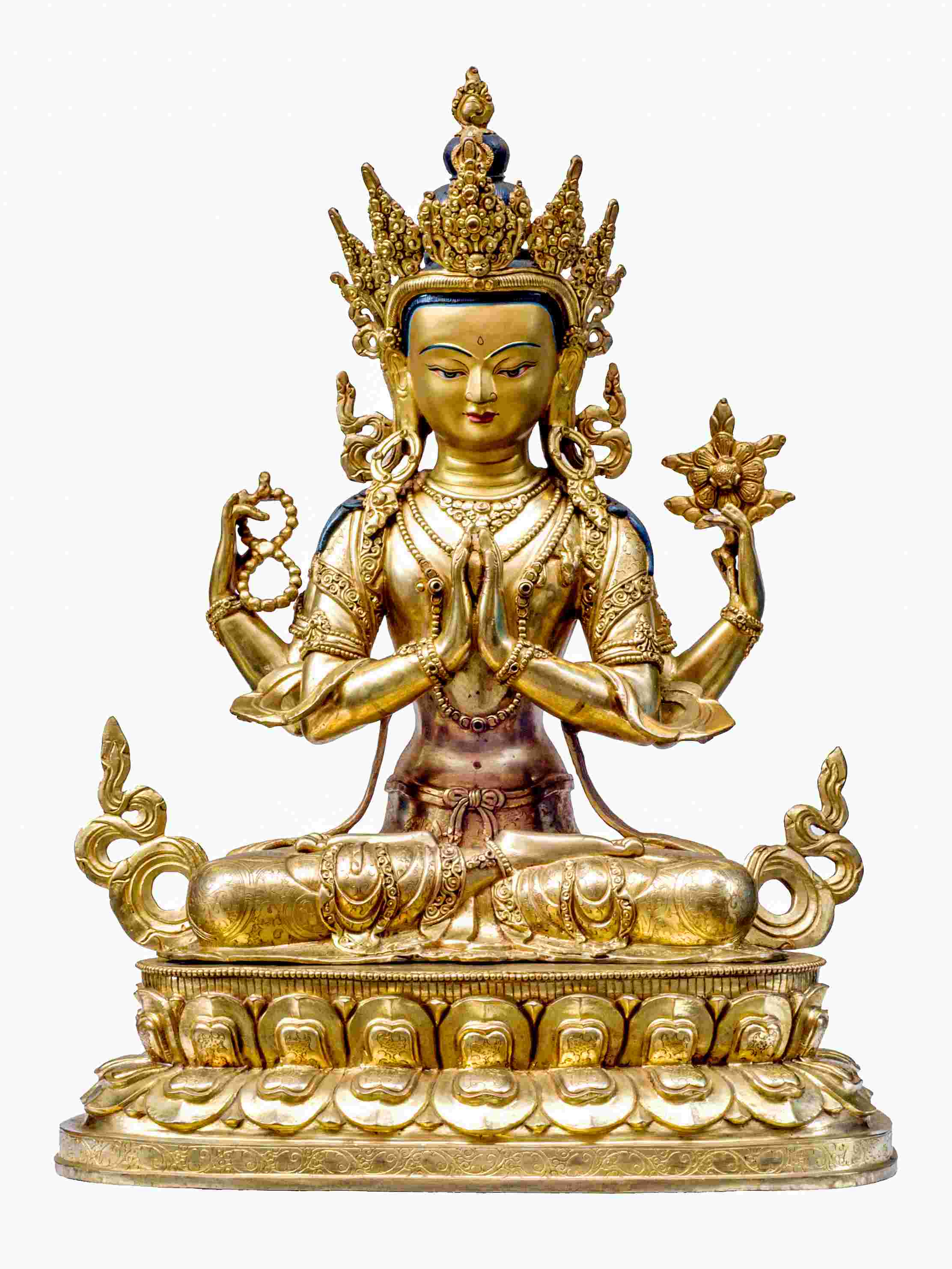 of Chenrezig,
of Chenrezig, 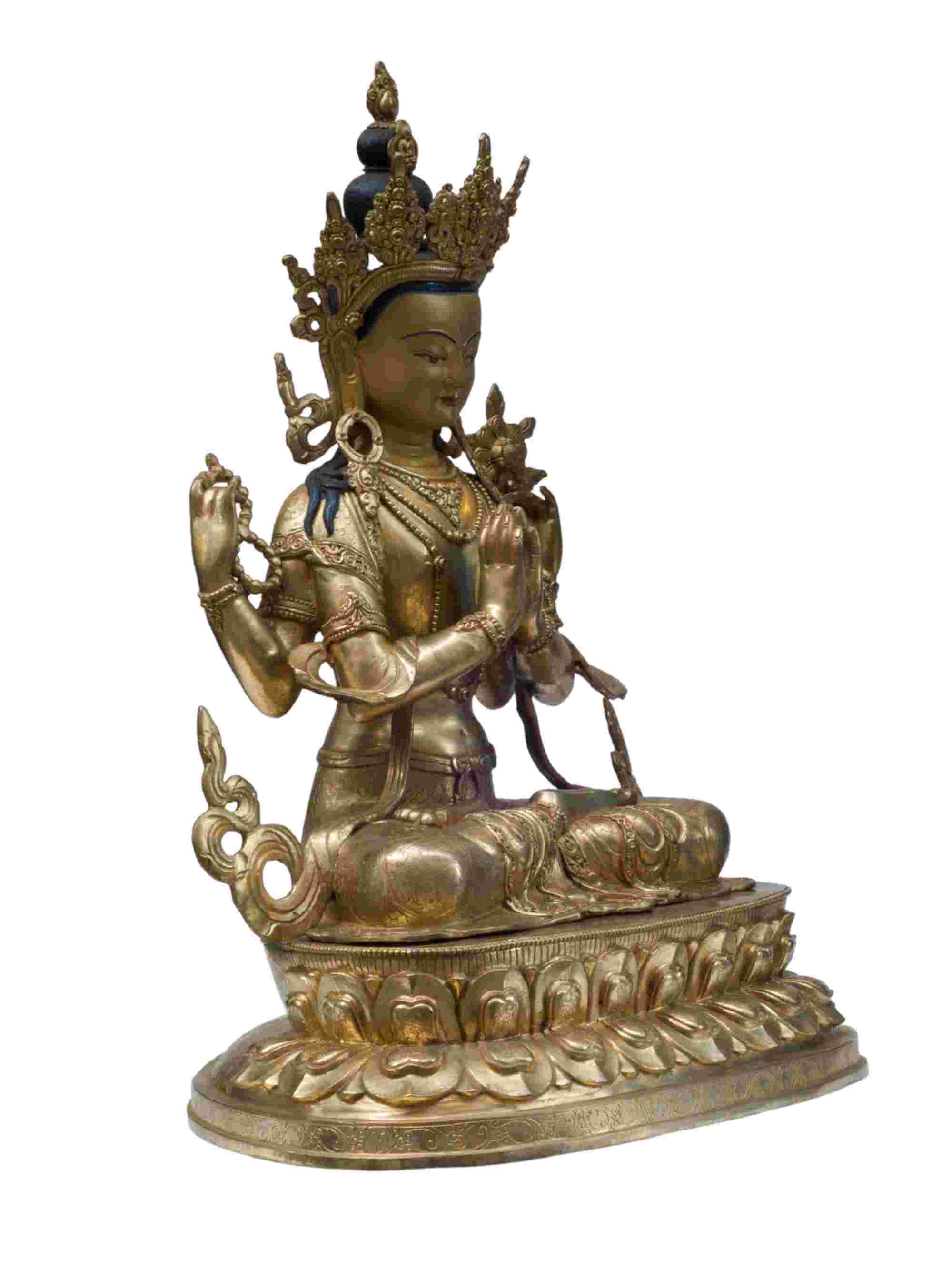 of Chenrezig,
of Chenrezig,